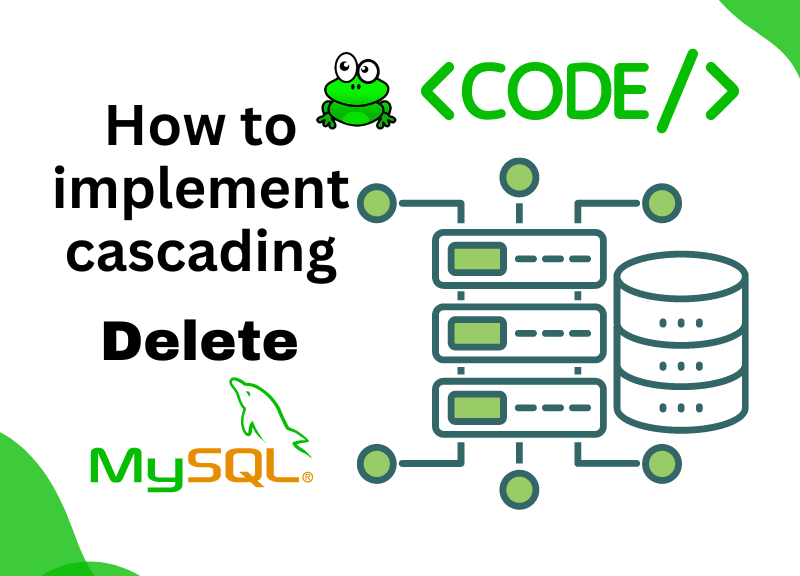
This technique is very useful, handy and save you time for handling deletion of records from your code, say both from your header table and detail table. It also checks integrity, meaning, nothing left unwanted records for both tables if records is removed.
To set up cascading deletes in MySQL, so that when a record in the parent table (myheader) is deleted, all related records in the child table (mydetail) are also automatically deleted, you can use foreign key constraints with the ON DELETE CASCADE option. Here’s how you can do it:
ADD CONSTRAINT fk_header_id FOREIGN KEY (header_id)
REFERENCES myheader(id)
ON DELETE CASCADE;
This SQL statement adds a foreign key constraint to the mydetail table, referencing the id column in the myheader table. The ON DELETE CASCADE option specifies that when a record in myheader is deleted, all corresponding records in mydetail with matching header_id values should also be deleted automatically.
Make sure that both the myheader and mydetail tables are using the InnoDB storage engine, as foreign key constraints with cascading actions are only supported by InnoDB.
Note: Before adding foreign key constraints with cascading actions, make sure to back up your data, as cascading deletes can lead to unintended data loss if not used carefully.
If you’re using phpMyAdmin, you can add this foreign key constraint by following these steps:
- Open phpMyAdmin and select your database.
- Go to the “Structure” tab of the
mydetailtable. - Find the column
header_idthat references themyheadertable. - Click on the pencil icon or the “Change” link for that column.
- Under “Relation view”, choose the appropriate table and column (
myheaderandidrespectively). - Check the box for “ON DELETE” and select “CASCADE” from the dropdown.
- Click the “Save” button to apply the changes.
With this foreign key constraint in place with cascading delete, when a record is deleted from myheader, all related records in mydetail will be automatically deleted.



